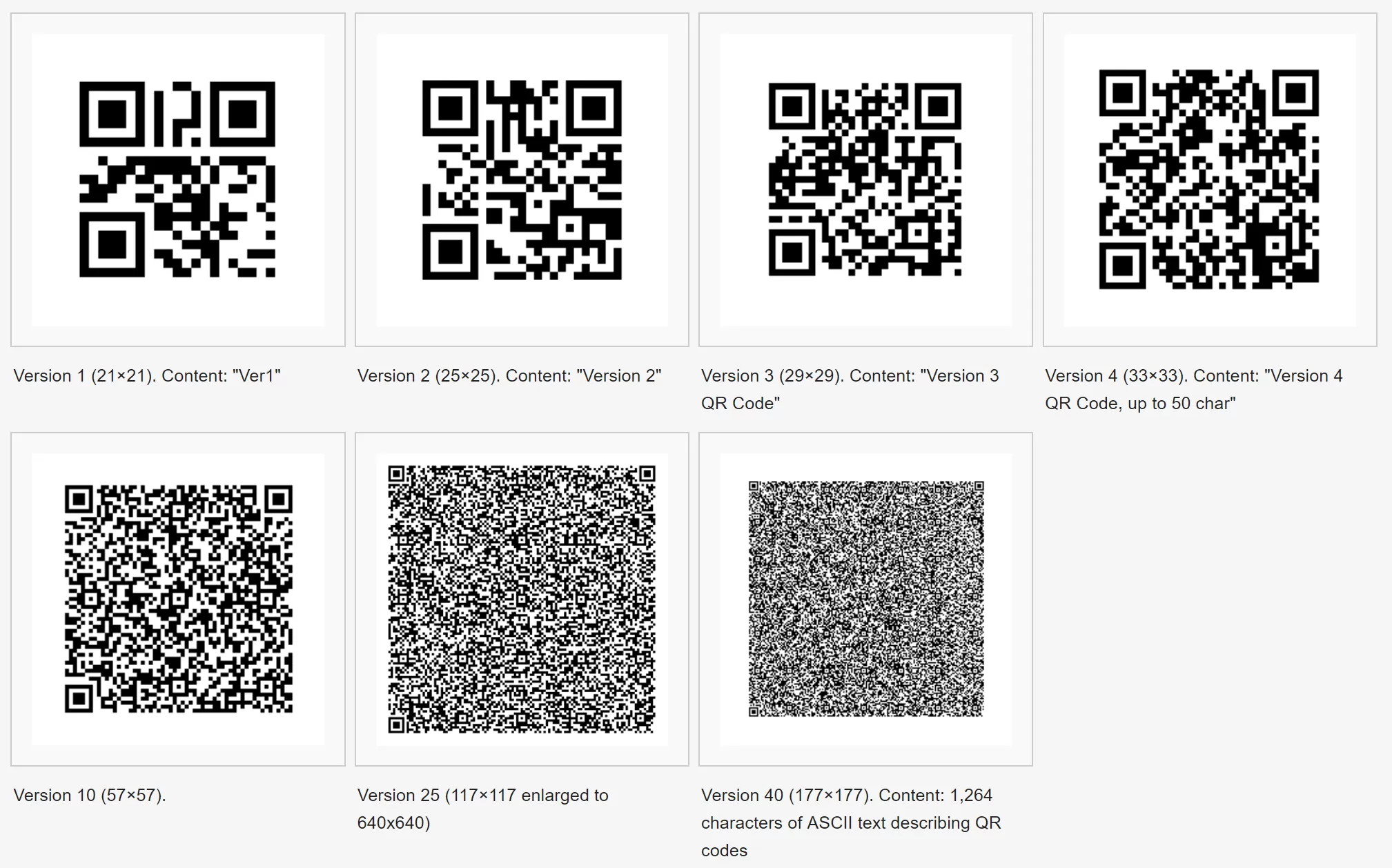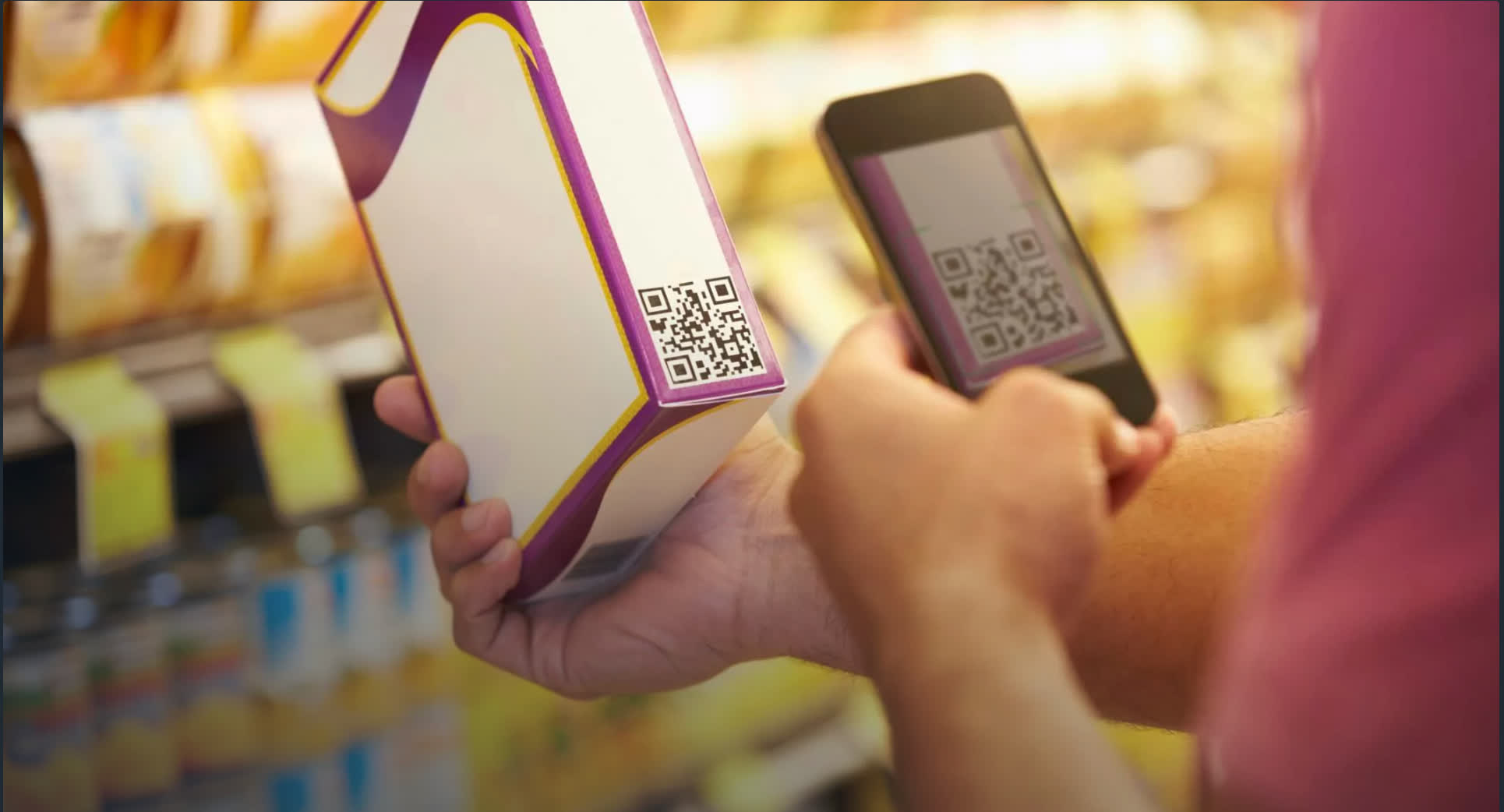In brief: The barcode has been a familiar sight for almost 50 years, found on packaging for virtually every consumer item in the world. But it's set to be phased out by 2027 in favor of a more capable successor: 2D barcodes.
The familiar barcode square filled with thin and thick vertical lines has been around for decades. It's used universally on consumers products, but its functionality is limited compared to the 2D versions, which can hold a lot more information that is encoded on both the horizontal and vertical axes.
Unlike the standard 12-digit barcode, the 2D versions, which look like squares or rectangles containing many small, individual dots (QR codes are one version), can reveal lots about a product. Axios writes that stores will be able to immediately respond to product recalls and identify faulty items. They'll also be able to see when food is nearing its expiry date and offer discounts. Retailers can also expect the codes to greatly improve their inventory control.

The 2D codes also have plenty of benefits for consumers. Scanning one on a food item's packaging using a phone, for example, will offer up information such as its ingredients, recipes it can be used in, potential allergens, and where it was grown.
It's not just information on foodstuff that 2D barcodes are useful for. They can reveal promotional offers, the factory where something was created, a company's sustainability practices, and even information on recycling the product or packaging. The 2D codes can also give access to loyalty points, games, and coupons.
Since they were first used to label car parts in Japanese factories in 1994, the popularity of QR codes has continued to increase, and their use exploded during the pandemic.
Puma was the first company to announce it is using 2D barcodes in US stores and products. They will link to information about the sneakers' materials and the company's sustainability efforts. Internationally, the codes are being used in Japan, Australia, and New Zealand to show foods' freshness and shelf life. Elsewhere, the EU has voted to use them for visas, improving the security risks related to counterfeit and stolen visa stickers, and making it easier for travelers to apply.
The GS1 US, the nonprofit standards organization that oversees the barcode industry, is behind the 'Sunrise 2027' push to move to 2D barcodes entirely by 2027. It recently released a barcode capabilities test kit for retailers to assess their readiness for the move to 2D.
